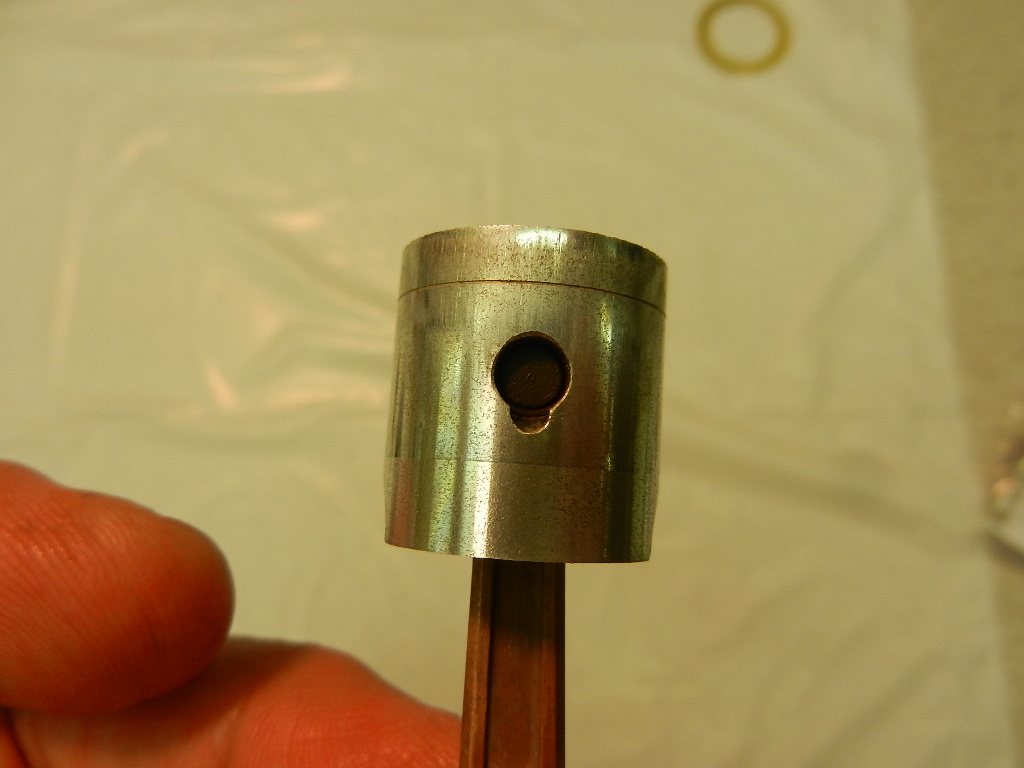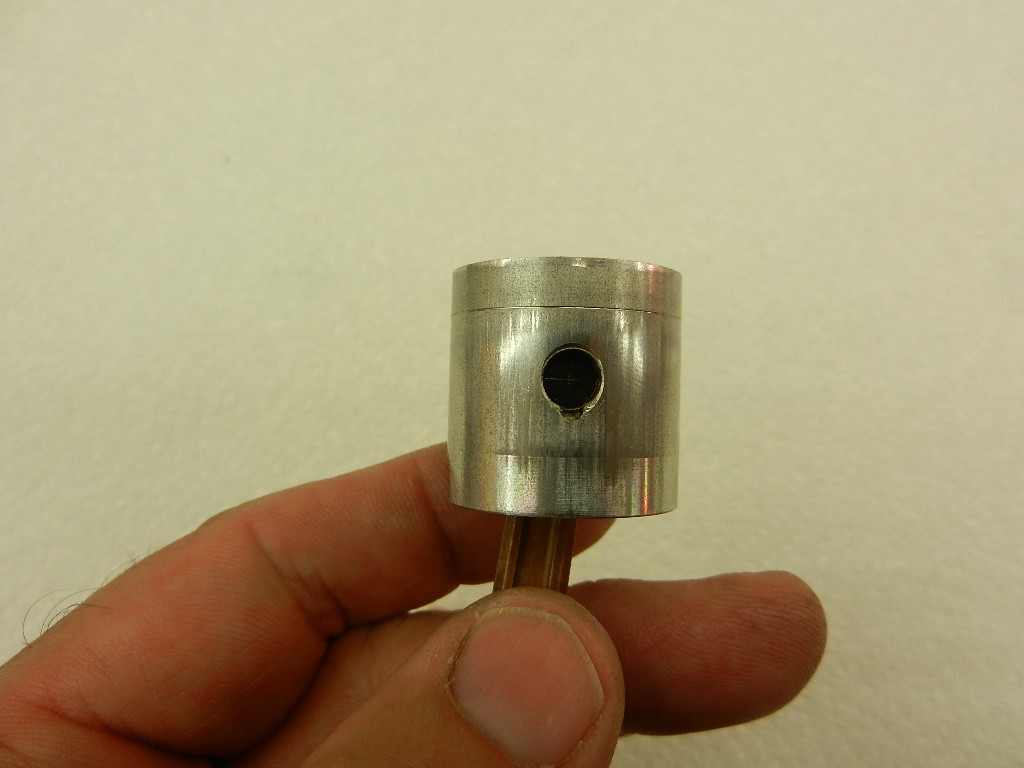Terry Keeley
Well-Known Member
- Joined
- Jul 24, 2002
- Messages
- 7,251
Gonna give this a shot tomorrow too.


Last edited:


Look great Terry, what kind of needle valve is that in the last picture?



This is a fantastic thread! Terry it is always fun following your projects and the expert advice you get. Well done!!
And yes the 160C from the Nova break in is about right! I spent an hour in that booth watching with my own eyeballs! That motor was SMOKIN HOT!! The entire piston top to bottom (except for the very small seal area by the oil grooves) was absolutely pitch black (burned on castor). After the break in and test runs were done we let the motor cool for awhile before taking it off the test stand...he handed it to me and it was impossible to hold without a glove or doubled over rag! Every piece of metal on that motor would burn if it touched bare skin! We are used to getting the heads on our motors warm, but nothing like I saw there.
Keep up the good work!!
GQ
I have a Hudy break in stand for car motors and the instructions say 200 to 250 F as a guideline. "Too cold or too rich will cuase premiture wear out." Only a guideline... Heat cycling is important to the process. Only slightly rich according to Hudy.


They run about 20 percent castor when doing this. The fit is really good on the engines that are done this way. They last a very long time if taken care of.Cool little stand, small prop just like Nova Rossi's. HUDY
The Byron fan I'm using only turns up to about 20K, I'm gonna trim it down a bit next time out. I'd like to see mid 20's...
Not sure if I'd want baked on castor, do the car guys really run like this?


They run about 20 percent castor when doing this. The fit is really good on the engines that are done this way. They last a very long time if taken care of.



Terry from what I’ve heard NR only uses Alcohol and caster, no nitro.
Do you soften the edges of the piston skirt? I use cratex (rubberized abrasive) in a dremel.
Terry,
The pictures of your pistons look very strange! I have posted both brand new & used for many hours, pistons from pylon racing engines operating in the 29,000+ RPM range. The "wear band" (area where the piston rubs on the cylinder) is clearly visible on both new & used pistons. Notice the finish on the honed cylinder bores & the machined pistons. Engines made this way require very little break in time & their life at peak power is also greatly extended. The lubricant used in a pylon racing engine contains only castor oil.
Jim Allen
Note: Every sharp inside the piston's inside bottom edges is broken with a cratex abrasive as John said.



Are you getting detonation? Our nitro pistons had holes and/or melted exhaust side edges.
Lohring Miller
Hi TerryCool little stand, small prop just like Nova Rossi's. HUDY
The Byron fan I'm using only turns up to about 20K, I'm gonna trim it down a bit next time out. I'd like to see mid 20's...
Not sure if I'd want baked on castor, do the car guys really run like this?


Hi Terry
I've seen similar piston colour on the old OPS website.
Hope you don't mind but where did you find these pictures